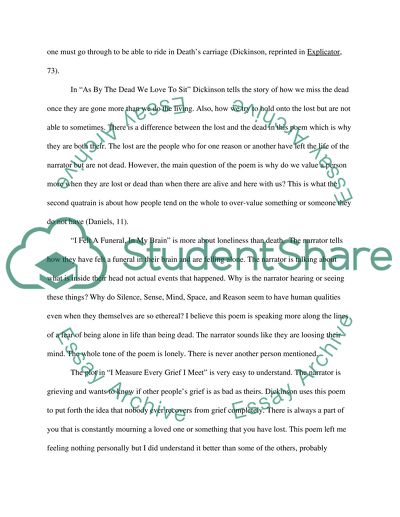Cite this document
(Emily Dickinsons Death Poetry Book Report/Review, n.d.)
Emily Dickinsons Death Poetry Book Report/Review. Retrieved from https://studentshare.org/literature/1514132-poetry-by-emily-dickinson
Emily Dickinsons Death Poetry Book Report/Review. Retrieved from https://studentshare.org/literature/1514132-poetry-by-emily-dickinson
(Emily Dickinsons Death Poetry Book Report/Review)
Emily Dickinsons Death Poetry Book Report/Review. https://studentshare.org/literature/1514132-poetry-by-emily-dickinson.
Emily Dickinsons Death Poetry Book Report/Review. https://studentshare.org/literature/1514132-poetry-by-emily-dickinson.
“Emily Dickinsons Death Poetry Book Report/Review”. https://studentshare.org/literature/1514132-poetry-by-emily-dickinson.


